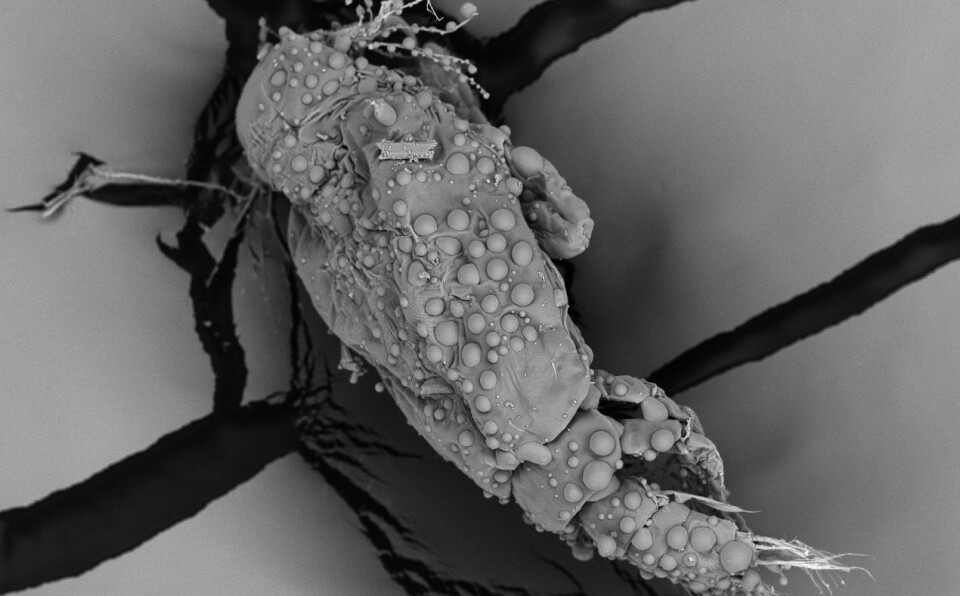
Peptide offers possibility of new anti-lice vaccine
Researchers discovered that hepcidin binds to the Caligus exoskeleton, reducing its viability by 50% without toxicity to salmon.
Chilean scientists have discovered that the antimicrobial peptide (AMP) hepcidin - a cysteine-rich AMP that serves an important role in the immune system of fish - may have potential as a vaccine and functional feed ingredient to protect farmed from the sea louse Caligus rogercresseyi.
The researchers found that hepcidin has a good binding capacity to the Caligus’ chitin, a component of its exoskeleton, generating spherical protuberances on it and achieving a 50% reduction in parasite counts.
Dr Paula Santana, an academic and researcher at the Autonomous University of Chile and one of the experts behind the discovery, told Fish Farming Expert’s Chilean sister site, Salmonexpert.cl, that the idea for the study arose from the need to find new sustainable and effective solutions to combat Caligus.
She said that in specific tests hepcidin significantly reduced the viability of the parasite mainly in its nauplius II stage, and showed greater efficacy with prolonged exposures, without generating toxicity in salmon cell lines.
Santana explained that the presence of cysteine and histidine in the composition of salmonid AMPs correlates positively with greater efficiency in the interaction with chitin polymers.
Vulnerable when moulting?
The different sensitivity of C. rogercresseyi developmental stages, particularly the nauplius II stage, suggests that hepcidin efficacy may be related to chitin polymer modifications during moulting.
“In the future, a prophylactic vaccine based on these types of peptides could be developed to increase the expression of effectors in fish and prevent Caligus infestation. They could also be incorporated as functional supplements in fish diets, offering continuous protection against parasitic infestations,” said the researcher.
Regarding the next steps to achieve, perhaps, a commercial product, Santana said researchers are focused on improving the stability, efficacy and safety of the peptide “through chemical modifications for its application in aquatic environments”.
The research was possible thanks to the FONDECYT 1210056 project, directed by Dr Fanny Guzmán of the Curauma Biotechnology Centre of the Pontifical Catholic University of Valparaíso.








































































